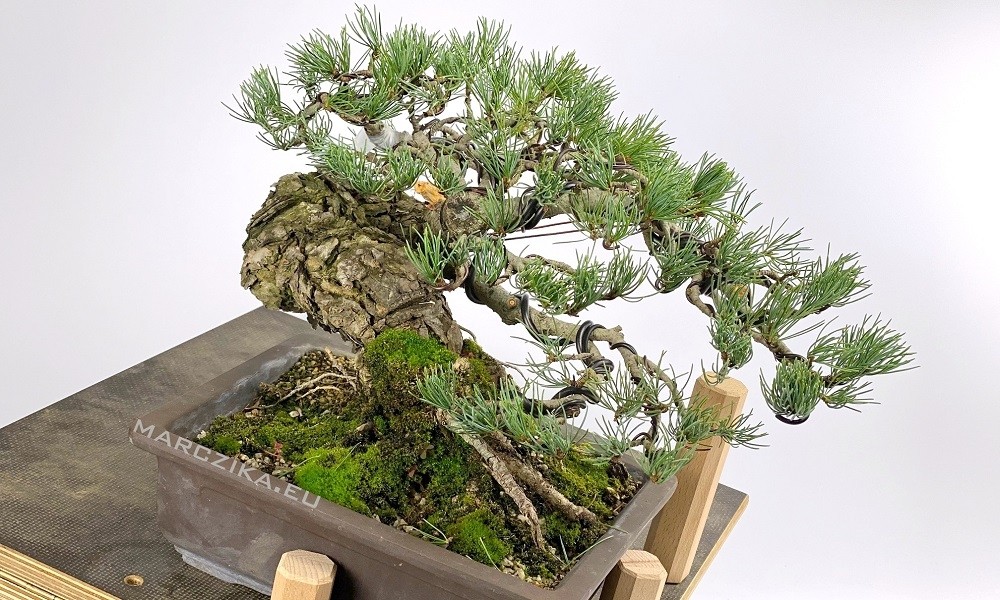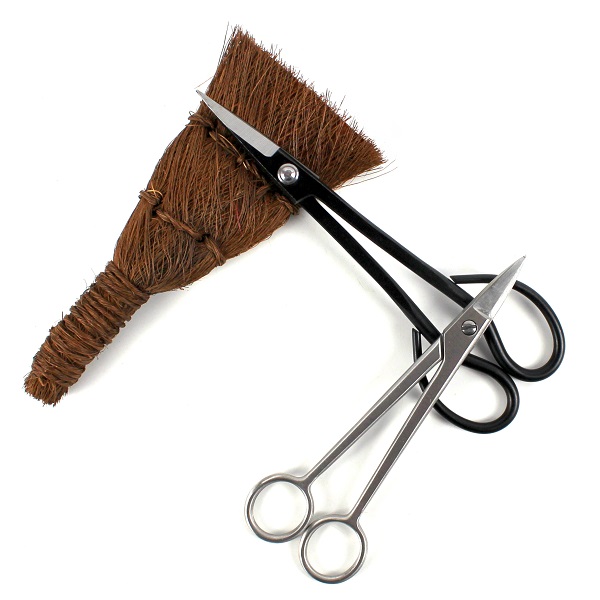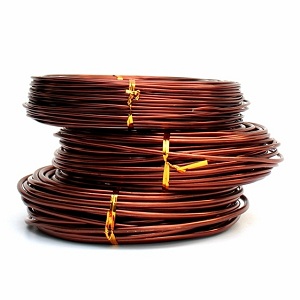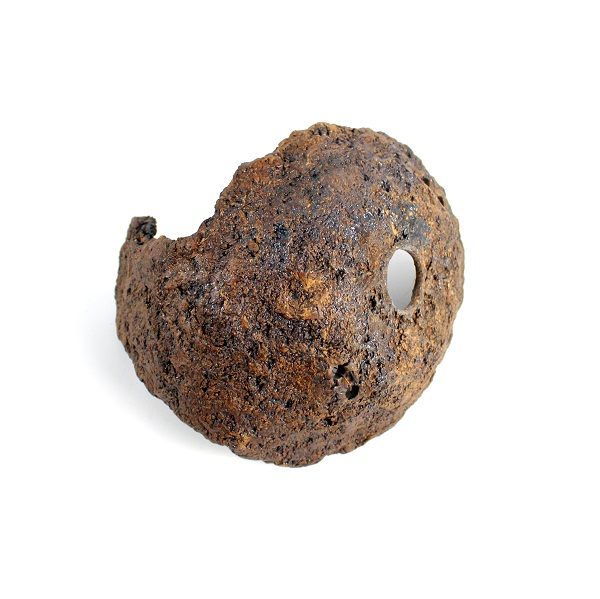Case of a pine bonsai material with wires - Goyomatsu in the house!
Case of a pine bonsai material with wires - Goyomatsu in the house! As an introduction, it is clear that the term Goyomatsu means nothing more than the Japanese white pine known as Pinus parviflora Latin. Goyomatsu is the Japanese name and the country of origin of this plant (in the blog post) is also Japan. The question that often arises is how do bonsai trees come about and how can someone be in such a "big tree in little"? So. I want to say that you make it from a bonsai material. This is what happened here. We looked at an older tree grown in Japan for a while in the horticulture and then started it almost by wire to become a really beautiful bonsai tree in a few years.
"Without wire, it is hardly possible to grow beautiful pine bonsai.
If we were always to prune a pine tree, it would be as if we didn't want it to be beautiful."
Pine bonsai is rarely without wire. In many cases, they also carry wire when they are exhibited or placed in a tokonoma. As can be seen in the footage below, the often stiff and upward branches of a raw material can be nicely aligned with some wire to give the canopy a shape that not only gives it a nice look but also a truly bonsai look. This is how we get to the real beauty of bonsai. Wiring itself may seem like a dry boring pastime, but if you ask anyone who is interested in bonsai shaping or thinks bonsai that they love to wire, then they will surely say that they love to wire and enjoy the bonsai that comes with it himself. We are not surprised at this, because dealing with bonsai is simply a good thing. Each branch is systematically folded towards each other to build up the branch levels and the "weight" of the canopy. Make sure the ends of each branch are turned slightly upward towards the light - this will give a more natural look and, if there is one way, avoid crossing the branches at the same level.
Wire gently, never pinching the wire to the branch, but of course keeping the wire branch. Pines are basically resilient and therefore easy to wire, but with thicker branches it's a good idea to be a bit cautious and work slowly - not to break.
.jpg)
There are basically two types of wire for bonsai wiring. One is the annealed copper wire and the other is the annealed and anodized aluminum wire. These are also called bonsai wires - because they are used mostly for bonsai shaping. They are easy to work with because they are pre-softened (so the bark is not damaged when we roll them up). Due to their color they do not shine brightly in the canopy - they blend into it.
After Bonsai is formed, it is almost the first question which bowl should be transplanted into. There are aspects to this that are worthy of consideration, and there are aspects that may rely on our own opinion. The following are some of the aspects we categorize as something to watch out for:
 Use earthen unglazed bonsai bowls - these give the pine tree a harmonious look.
Use earthen unglazed bonsai bowls - these give the pine tree a harmonious look.
 In the case of long leaf pine trees, gray shades are often the best choice.
In the case of long leaf pine trees, gray shades are often the best choice.
 Choose a bonsai bowl with a larger water permeability - the pines do not like the stagnant water that may accumulate in the bowl.
Choose a bonsai bowl with a larger water permeability - the pines do not like the stagnant water that may accumulate in the bowl.
 We'll need frost resistant bowls. Pines are outdoor plants (winter and summer kept outdoors) and in winter cold the bowl must be able to withstand the stress of a frozen root system.
We'll need frost resistant bowls. Pines are outdoor plants (winter and summer kept outdoors) and in winter cold the bowl must be able to withstand the stress of a frozen root system.
 Let's not exaggerate! Pay attention to the size of the bowls. Neither the bonsai bowl is too small or too large. One is physiologically poor and the other aesthetically clumsy.
Let's not exaggerate! Pay attention to the size of the bowls. Neither the bonsai bowl is too small or too large. One is physiologically poor and the other aesthetically clumsy.
For this Goyomatsu bonsai featured in this article, we thought the kurama bowl might be the best choice. And the so-called moon shell kurama. But of course, we are still waiting for spring and our new shipment of Japanese bonsai bowls, which will arrive shortly before spring. In the meantime, we'll have a little time to think if we have a better idea ...





.JPG)









0 comment